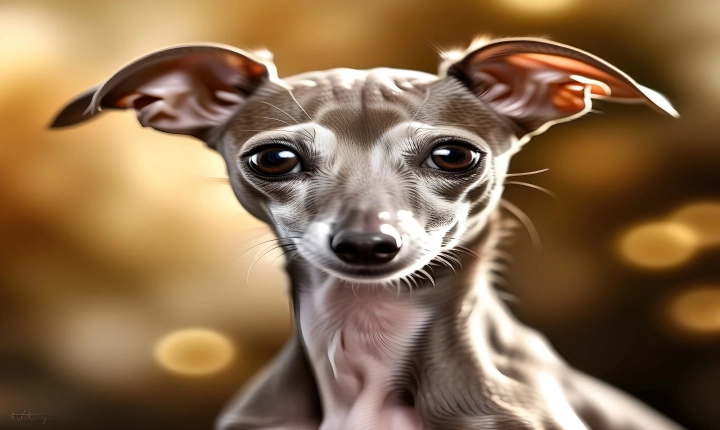Title: A Guide to Converting JPG Files to AI Files
In today’s digital age, graphic design plays a crucial role in all aspects of business and communication. Whether it’s for a marketing campaign, website design, or product packaging, having high-quality graphics is essential. Adobe Illustrator (AI) is a powerful tool that designers use to create vector graphics, which can be resized without losing quality. However, many graphics start as raster images, such as JPG files. Converting JPG files to AI files can be a handy skill for designers and creative professionals.
Understanding the Process
Before diving into the conversion process, it’s essential to understand the distinction between JPG and AI files. JPG, or JPEG, is a common file format for digital images, and it uses a compression algorithm that reduces file size. On the other hand, AI is the native file format for Adobe Illustrator and is used for creating vector graphics.
Converting a JPG file to an AI file involves a process called “tracing.” This process entails converting the pixel-based image into a vector-based image, which is the backbone of AI files. Fortunately, Adobe Illustrator comes equipped with a robust tracing tool that simplifies this process.
Step-by-Step Guide to Converting JPG to AI
1. Open Adobe Illustrator: Launch Adobe Illustrator on your computer.
2. Create a New Document: Create a new document by selecting “File” > “New” and choosing the appropriate size and settings for your project.
3. Import the JPG File: Select “File” > “Place” and choose the JPG file you want to convert. This will import the JPG file into your Illustrator document.
4. Image Trace: With the JPG file selected, navigate to the “Image Trace” option in the top toolbar or the control panel. Click on “Image Trace” to activate the tracing process.
5. Adjust Image Trace Settings: After clicking “Image Trace,” you can adjust the settings such as threshold, paths, and colors to achieve the desired tracing result. Play around with the settings to see which one works best for your image.
6. Expand the Image: Once you are satisfied with the traced image, click “Expand” in the control panel to finalize the tracing process.
7. Save as AI File: After expanding the image, you can save the file as an AI file by selecting “File” > “Save As” and choosing the AI format.
Benefits of Converting JPG to AI
Converting JPG files to AI files offers several benefits, including scalability, editing flexibility, and print quality. AI files are vector-based, which means they can be scaled to any size without losing quality. Additionally, vector graphics allow for easy editing and manipulation of individual elements, making it an ideal format for design projects. Furthermore, AI files are preferred for print materials as they maintain sharpness and clarity, unlike raster images.
Conclusion
Converting JPG files to AI files can be a valuable skill for graphic designers and creative professionals. By utilizing the image tracing tool in Adobe Illustrator, designers can transform raster images into scalable and editable vector graphics. Understanding the process and benefits of converting file formats can empower designers to create high-quality and versatile graphics for various design projects.
